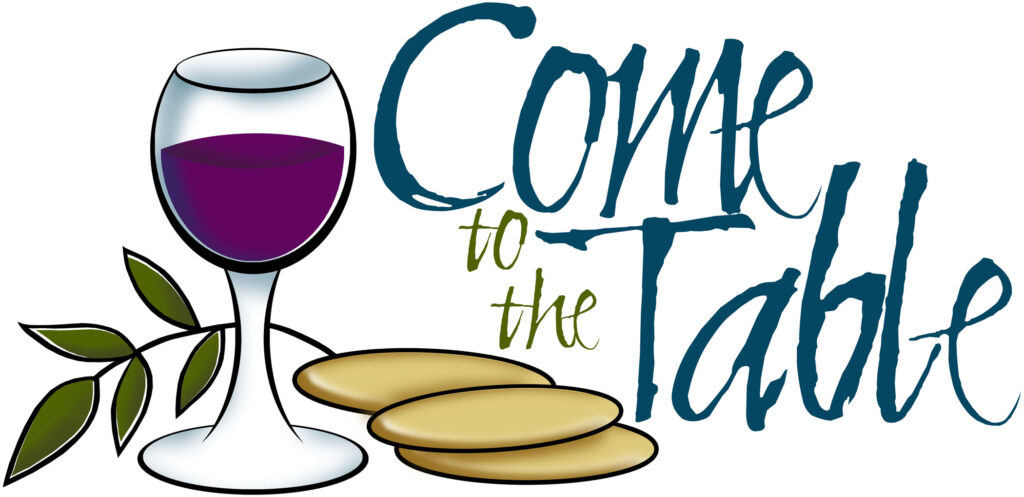Check out my new book, Untangling the Mess: Revealing the Certainty of God’s Love, for more information about the tangled mess we’ve made of God’s love. The book identifies the five common knots we’ve made and explores how they can be untangled so that the certainty of God’s love is revealed. It’s available on Amazon.
Unfortunately, a theological understanding and practice at a congregation where I served as pastor, created a tangled mess. Here’s how:
One Sunday morning, I noticed a mother and her daughter sitting in the pew. They were first-time worshippers with us. When it came time for Holy Communion, the mom got up and took her daughter to the bathroom rather than coming forward to receive communion. They returned to the service for the last hymn and then left quickly.
Several weeks later, the mother and her daughter returned. They came in after worship started and left after the final hymn so that I couldn’t speak with them. Several more weeks went by before they came back. This time they arrived before the service, and we were able to talk with each other. As we talked, I learned more about them and what was drawing them to worship.

During the conversation, I gently explained that they were both invited to receive Holy Communion during the service. Mom seemed surprised and told me that this was not what our bulletin indicated. She pointed to the printed explanation about communion and the a statement that said, “Baptized Christians may receive Holy Communion.” She said, “we’re not baptized,” then went on to say that sitting in the pews while others communed was uncomfortable, so that’s why they stepped out of worship.
I felt horrible and apologized for how our message around who can participate in Holy Communion made her feel. I thanked her for continuing to come to worship and stressed that, despite what the bulletin said, she and her daughter were welcome to commune whenever they attended worship. They chose not to commune that Sunday but chatted with me after the service. Mom requested an appointment with me so they could learn more about the congregation, receiving communion, and being
baptized.
My heart broke for this mom and her daughter. Our communion practices had inadvertently made them feel unwelcome. They mustered the courage to walk into a church for worship and then couldn’t fully participate because they had not fulfilled a required prerequisite. Still, they kept coming back.
As I thought about what happened, I realized how uninviting the practice of limiting communion to only the baptized was. The truth is, I don’t check the baptismal records of anyone who comes forward to receive Holy Communion. It would be impossible for me to know who had completed the baptism prerequisite and who had not.
The practice of requiring baptism before receiving communion doesn’t reflect my understanding that Holy Communion is not something we need to earn. Instead, it is a gift from God, a tangible and loving way of experiencing God.
Rather than make communion contingent on being baptized, can we make space for God to work through the receiving of Holy Communion to draw someone into a deeper relationship with God, which might potentially lead to baptism?
After explaining what happened to the lay leaders in the congregation and my theological thoughts on the matter, we decided to modify the invitation so that all worshippers were welcome to receive Holy Communion.
When I met with the mom and her daughter a week or so later, I answered their questions about communion and baptism. I encouraged them to receive Holy Communion the next time they were in worship. It was a joy to watch them come forward with big smiles and outstretched hands several weeks later.
Sadly, our communion practices created a tangled mess. They established an obstacle and restricted someone’s full participation in worship. They made them feel excluded from the community. We didn’t want that to happen, but it did. Thankfully both mother and daughter continued to attend worship and, in so doing, revealed a knot that needed untangling so that all are truly welcome and included, without requirements or restrictions, in the embrace of God’s love.
If the church really wants to be a place of welcome, acceptance, and love it needs to establish practices which don’t create obstacles or restrict a person’s full participation in worship. When we align our messages of welcome with our practices then people will know, without a doubt, that they belong in the embrace of God’s love.
